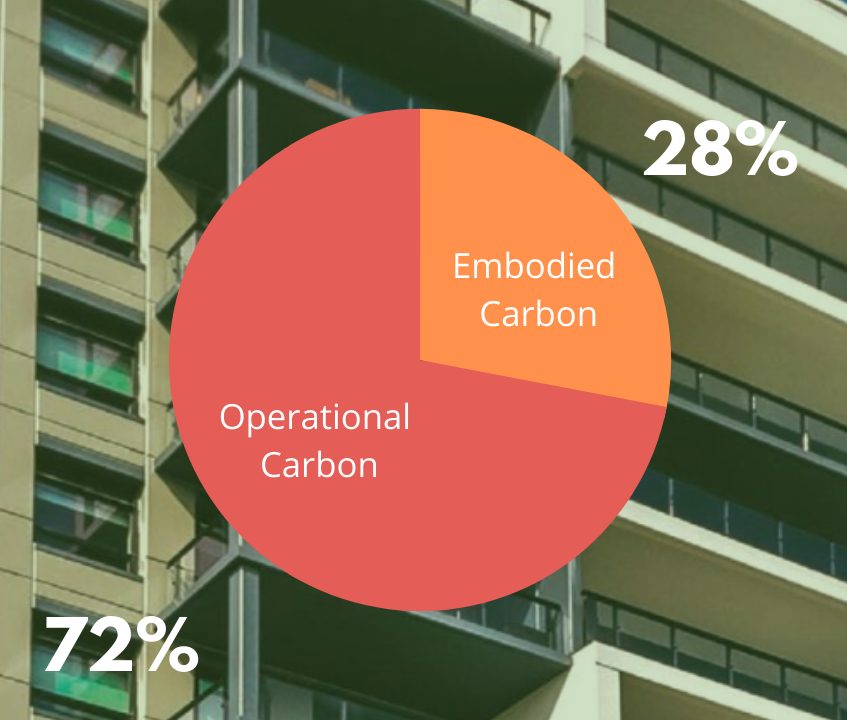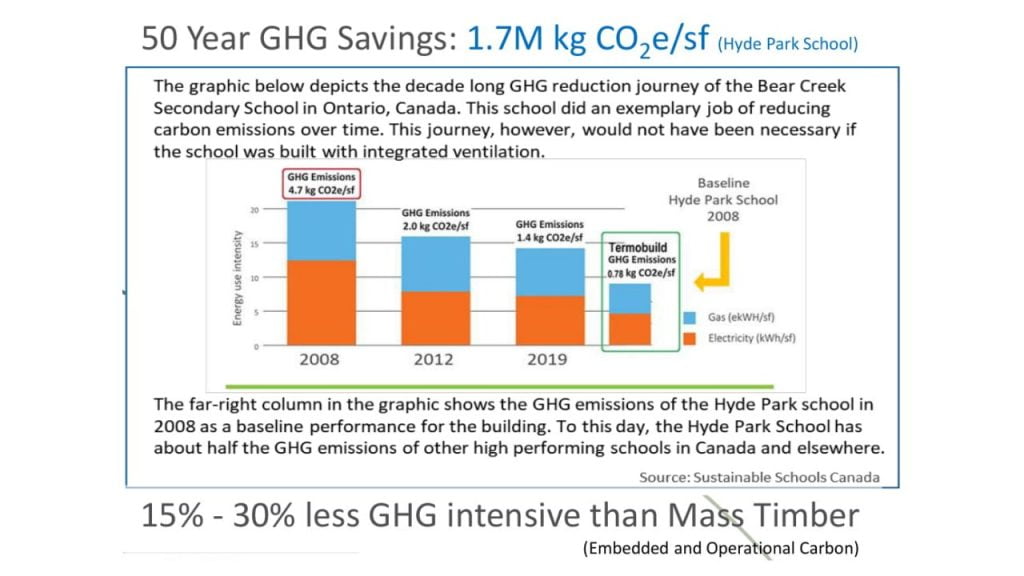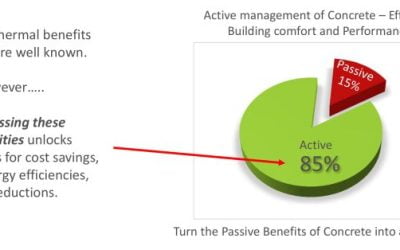Reducing Building Carbon Emissions Starts in the Planning and Design Stage
According to Architecture 2030, embodied carbon is responsible for 11% of annual global GHG emissions and 28% of building sector emissions. Additionally, building operations account for 28% of global GHG emissions and 72% of building sector emissions. This is significant, and a major inhibitor of international efforts to de-carbonize in the coming decades.

As operational energy efficiency increases, the impact of embodied carbon emissions in buildings will become increasingly significant. The world cannot meet climate goals without also eliminating embodied and operational carbon emissions.
Integrated Thermal Energy Storage naturally reduces embodied and operational carbon.

Integrated Thermal Storage significantly reduces both embedded and operational carbon as a natural course of implementation for number of reasons.
First, of all is that Integrated Thermal Storage is extremely efficient as a baseline. Reducing energy consumption of carbon-based fuels reduces operational carbon. The more efficient the building, the less operational carbon gets released into the environment.
Second, also discussed previously, integrated ventilation reduces embedded carbon in the building through the simplification of the mechanical system. Simplification is achieved through reduction in size, or the elimination altogether, of pieces of mechanical equipment that are not needed anymore.
Elimination of equipment not only reduces the operational carbon that those pieces of equipment use, but it also eliminates the embedded carbon footprint of those pieces of equipment.




